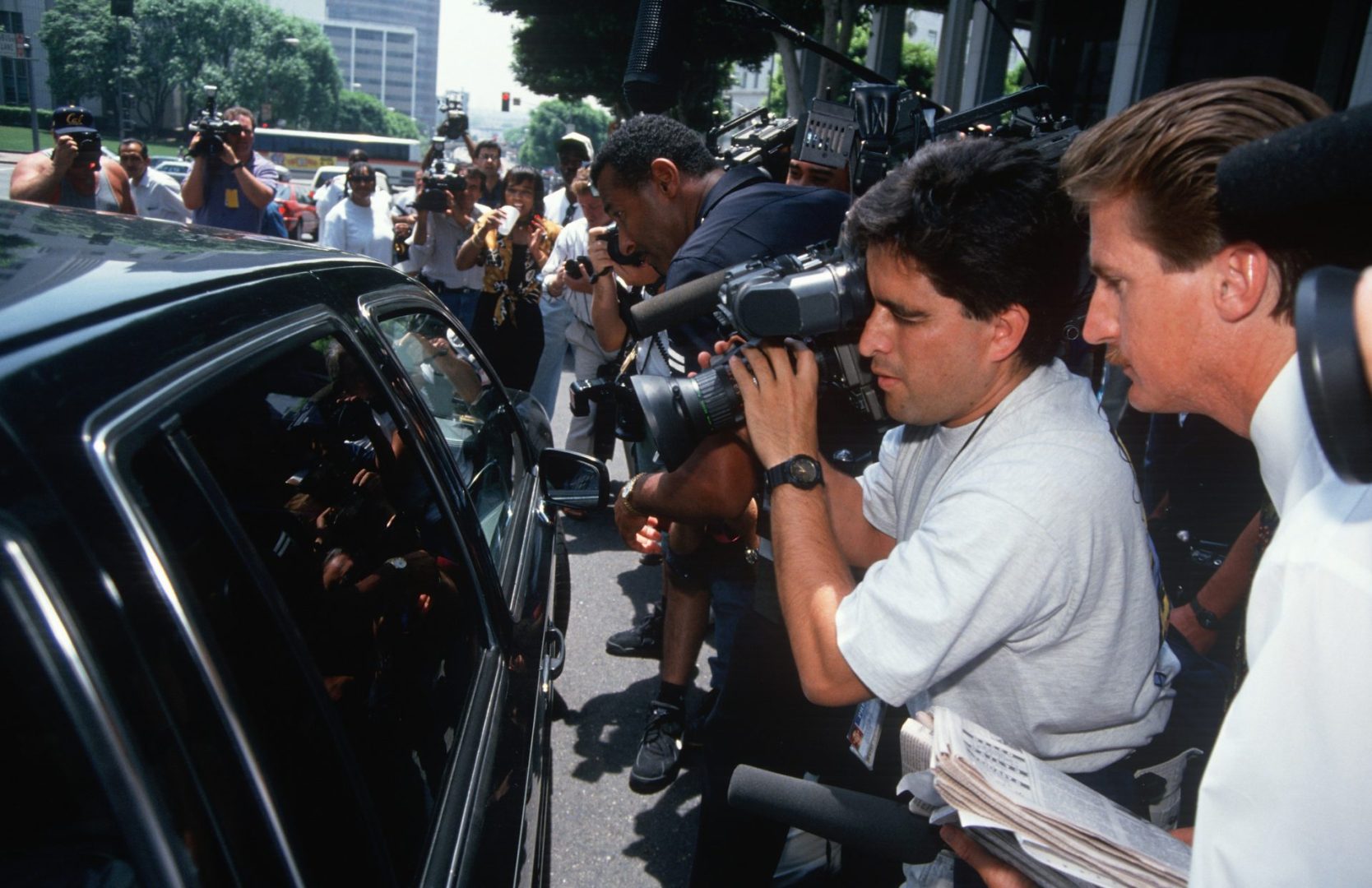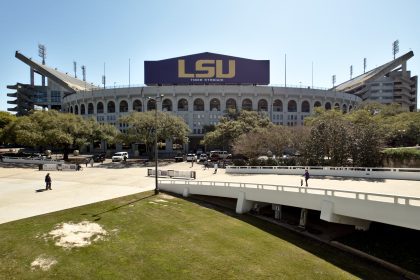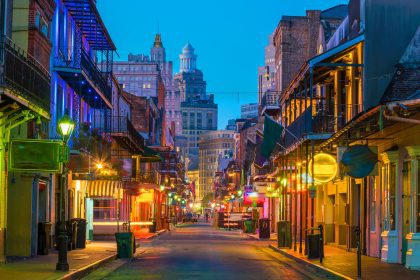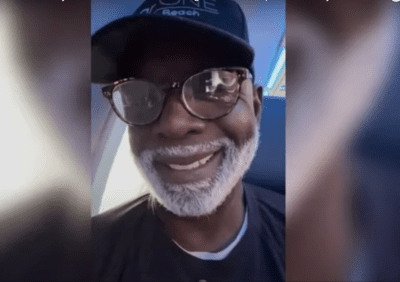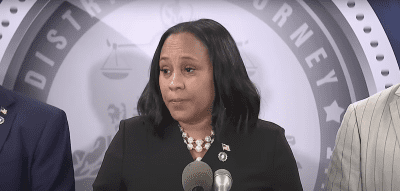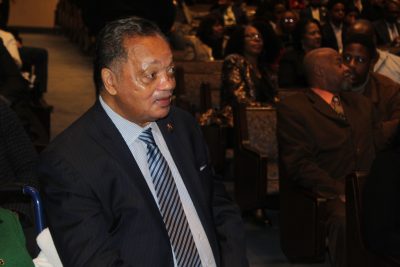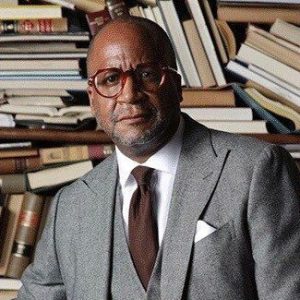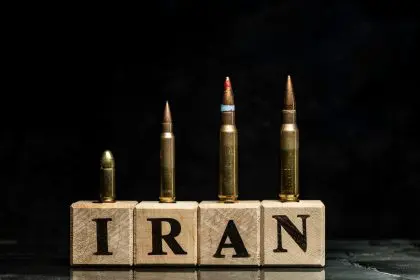The trial of O.J. Simpson for the murders of Nicole Brown Simpson and Ron Goldman stands as one of the most pivotal legal events in American history. Captivating millions globally, the trial dominated media headlines and profoundly influenced public discourse and perception. This gripping saga began with the shocking double homicide in 1994 and unfolded into a courtroom drama that was broadcast live, turning judicial proceedings into must-see TV.
This article delves into the intricate details of the trial, exploring the strategies employed by both the defense and the prosecution, the impact of the media frenzy on the trial’s proceedings, and the societal divisions it highlighted and perhaps deepened. The O.J. Simpson trial transcended its role as a legal battle; it became a cultural touchstone that continues to provoke thought and debate on race, celebrity, and justice issues. As we reflect on its significance, it’s clear that the trial’s implications reverberate well beyond the verdict, influencing legal practices and media coverage today.
The crime and the chase
In the early morning hours of June 13, 1994, the brutal murders of Nicole Brown Simpson and Ron Goldman shocked the nation. The prime suspect, O.J. Simpson, a celebrated NFL superstar and media personality, found himself at the center of a criminal investigation that captured the nation’s attention. Just days after the murders, Simpson led police on the infamous Bronco chase across Los Angeles, a surreal spectacle broadcast live to millions of viewers. This chase marked the beginning of a media frenzy and set the stage for a courtroom drama that would captivate an audience worldwide.
The trial of O.J. Simpson commenced on Jan. 24, 1995, in what many dubbed the “trial of the century.” The courtroom was filled with a high-profile team of lawyers, including the charismatic Johnnie Cochran for the defense and the determined Marcia Clark for the prosecution. The proceedings showcased a wide array of evidence, from the bloody gloves and DNA samples to the controversial Mark Fuhrman tapes that suggested racial biases within the LAPD.
Key to the trial was the portrayal of Simpson himself. The defense framed Simpson as a victim of a racially motivated police department. At the same time, the prosecution depicted him as a jealous and violent partner who brutally murdered his ex-wife and her friend. The legal strategies led to heated debates on race, celebrity privilege, and the American justice system, emphasizing how societal biases could potentially affect judicial outcomes.
The media circus and public divisions
The trial was broadcast live, turning court proceedings into a daily television event for viewers across the United States and worldwide. This media circus influenced public discourse extensively, creating a national dialogue centered around race, justice, and media ethics. Every twist in the trial seemed to expose and deepen societal divisions, with public opinion sharply divided along racial lines.
The role of the media was pivotal; it not only reported on the trial but also shaped the public’s perception through various narratives. Some accused the media of bias, either against Simpson or the victims, depending on the outlet’s angle. This period marked a significant shift in how legal proceedings were covered, setting a precedent for future high-profile cases.
The trial impacted American society, highlighting the intersections of celebrity culture, race, and the legal system. O.J. Simpson’s acquittal on Oct. 3, 1995, led to relief and triumph among his supporters, mixed reactions, and shock and anger among those who believed he was guilty. The verdict sparked widespread debates about the fairness of the legal system and whether justice had indeed been served.
The O.J. Simpson trial also left a significant mark on pop culture, inspiring numerous books, documentaries, and films that strive to unpack the complex narratives woven throughout the proceedings. It challenged the legal community to reconsider aspects of criminal justice procedures and prompted media outlets to reflect on their role in shaping public opinion during major trials.
Conclusion
The Simpson trial transcended the confines of a traditional legal dispute, becoming a defining epoch in American culture. This highly publicized case, with its complex interplay of race, celebrity, and justice, not only captivated a global audience but also prompted a profound reevaluation of these deeply ingrained societal issues.
The extensive media coverage that enveloped the trial revealed and amplified the role of media in shaping public opinion, highlighting its potential to influence judicial outcomes. As the courtroom dramas unfolded on live television, they fostered a nationwide discourse that questioned the impartiality and integrity of the American justice system, particularly in cases involving high-profile figures.
Reflecting on its legacy, the trial serves as a critical lens to examine the ongoing challenges within the American judicial and media landscapes. It underscores the significant impact that media can have on public perception and the administration of justice. Moreover, the trial continues to resonate as a powerful illustration of the intersections between law and societal issues, such as race and fame, reminding us of the continuous need for transparency and reform in legal proceedings. As we look back, the trial remains a compelling study of the complexities of American society, providing enduring lessons on the dynamics of justice, media, and celebrity.

